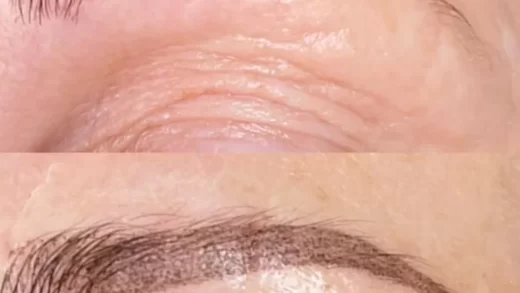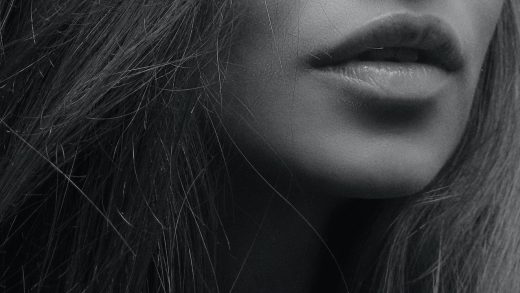
Microshading and microblading are two popular techniques used for enhancing eyebrows. While both procedures aim to create fuller and more defined brows, the level of pain experienced by individuals can vary. In this article, we will explore the factors that may contribute to the perceived pain levels of microshading and microblading.
The Basics: Microshading vs. Microblading
Microblading is a semi-permanent eyebrow technique that involves using a handheld tool with tiny needles to create small, natural-looking hair strokes on the brow area. The process typically necessitates the application of a numbing cream to minimize discomfort. Microshading, on the other hand, utilizes a similar handheld tool but creates a soft powdered effect by implanting tiny dots of pigment into the skin. Both procedures may require touch-ups after the initial session to achieve desired results.
Pain Perception and Threshold
The perception of pain is subjective and varies from person to person. Factors such as individual pain threshold, previous experiences with cosmetic procedures, and overall pain sensitivity can influence the perceived level of pain during microshading and microblading. It is important to remember that what may be a painful experience for one person might be less uncomfortable for another.
Factors Influencing Pain
1. Technique: Microshading and microblading target different areas of the brow. While microblading is focused on creating hair-like strokes, microshading covers a larger area and involves the shading technique. Depending on an individual’s pain tolerance and sensitivity, the shading technique in microshading may cause more discomfort compared to the precise strokes of microblading.
2. Numbing Creams: Topical numbing creams are commonly used before both microshading and microblading procedures to help minimize pain. However, the efficacy of numbing creams can vary among individuals. Some may experience little to no pain with the use of numbing cream, while others may still feel discomfort during the procedure.
3. Aftercare: Proper aftercare plays a crucial role in minimizing discomfort and promoting healing. Following the post-procedure instructions provided by the technician, such as avoiding excessive sweating and applying prescribed ointments, can help reduce pain and potential complications.
Managing Pain and Discomfort
While pain is subjective, there are a few strategies that can help manage any discomfort during microshading or microblading:
1. Discussing concerns with the technician: Honest communication with the technician can help address any worries or fears regarding the procedure. Technicians can provide guidance and reassurance, ensuring that clients have a clear understanding of the process and what to expect in terms of discomfort.
2. Numbing Creams: Applying a topical numbing cream as directed can help minimize pain during the procedure.
3. Deep Breathing and Relaxation Techniques: Practicing deep breathing and relaxation techniques can help individuals manage anxiety and discomfort during the procedure.
Ultimately, the level of pain experienced during microshading or microblading can vary from person to person. Factors such as individual pain threshold, technique used, and aftercare can contribute to the overall comfort level. By discussing concerns with a qualified technician and following appropriate aftercare instructions, individuals can achieve their desired eyebrow enhancements with minimal discomfort.



